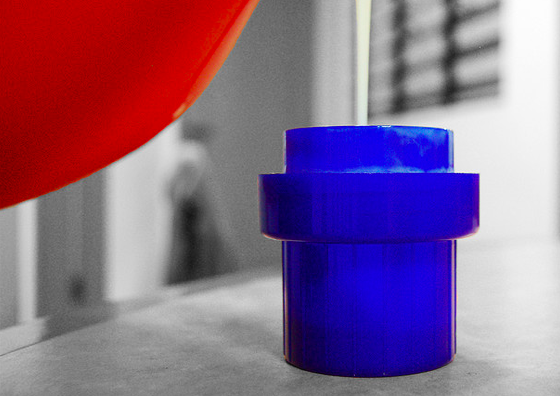
“My mother used Tide,” writes one contributor to MedHelp.org, “and I broke out with dermatitis, hives, and itching/irritated skin.”
“My husband bought the cheap Xtra detergent with fragrance in the purple bottle,” writes another. “Twice I have had a skin reaction to it.”
Is it possible that laundry products can irritate and compromise skin? The answer is a definite yes, and the main reason is that the ingredients used in them can leave behind a residue on the skin that can cause allergic reactions, irritations, hives, eczema, itching, dryness, acne, and more.
Let’s look at the main ingredients in detergents, bleach, and fabric softeners that can cause skin problems, and why they may do so.
Cleaning agents (surfactants): Manufacturers use these ingredients to improve the wetting and oil solubilizing qualities of the products-in other words, to help them clean better. Unfortunately, these ingredients are also known to create skin irritation by damaging the outer layer-the barrier-and disrupting the proteins in the skin. As a result, the skin is less able to hold onto moisture, so it dries out, which can lead to itching, cracking, and additional problems.
Buffering agent: These adjust the pH balance of any solution, so it remains as acidic or non-acidic as the manufacturer wants it to. In other words, it stabilizes the solution. For example, if a detergent becomes too acidic or too alkaline, it can damage the fabric. A buffering agent helps counteract the alkalinity of soap, maintaining an equilibrium in the water. These are found in detergents and in fabric softeners.
Stabilizer: These are chemicals added to detergent to keep it from separating during storage. Most are some form of polyalkylene oxide or ethylene oxide-synthetic chemicals. One of the hazards of polyalkylene oxide is that it can cause respiratory tract and eye irritations, while prolonged exposure to ethylene oxide can cause skin irritation and dermatitis.
Brightening agent: To make clothes appear brighter, these synthetic chemicals are dyes that absorb UV light in the violet region, and re-emit light in the blue region, which helps clothes appear more white and less yellow. Some examples include naphthotriazolystilbenes, benzoxazolyl, and diaminostilbene disulfonates, but there are many more. Since these chemicals are designed to remain on the clothes to adjust their appearance, they are likely to come into contact with the skin.
Fragrance: Manufacturers want you to think your clothes smell clean as well as look clean, so most include some sort of chemical fragrance that gives your shirts and pants a certain scent after laundering. Most of these fragrances are synthetic chemicals derived from petroleum, and have the potential to irritate skin.
Bleach: If you’ve ever come into direct contact with bleach, you know that it can burn and irritate your skin. Most of it is rinsed away in the laundry, but if your skin is sensitive, you could still suffer irritation from bleach.
These are just the main ingredients you’re likely to find in laundry products that can irritate and damage skin. There are others, including chemicals to reduce the hardness of water, as well as other types of surfactants. So if you’re experiencing skin irritation, your detergents, softeners, dryer sheets, and more could definitely be a part of the problem. Start with these steps:
- Always read labels, and look for dye-free and fragrance-free options.
- Shop at organic and whole food stores, as these are more likely to have options with fewer chemicals.
- Make your own-use a combination of Borax, washing soda, baking soda, and a gentle bar soap. Or find more recipes on my post.
Did you experience skin irritation because of laundry products? Please share your solutions.
Photo courtesy the _asp_ via Flickr.com.


